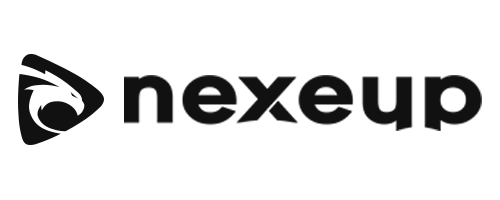Summary
- Transform a job interview into a memorable conversation with company research, storytelling, strategic questions, culture-fit signals, and
- Use the STAR method with warmth, engage in meaningful questions, and demonstrate alignment with company culture.
Before we dive in, here’s the bottom line: you can transform a routine job interview into a memorable conversation by doing five things: learning the company’s story inside out, sharing your experiences like you would with a friend, asking questions that show you’re invested in their world, demonstrating that you genuinely fit their culture, and leaving them something to remember you by after you leave the room. Those five steps—company research, storytelling, strategic questions, culture‑fit signals, and creative follow‑up—move you from just another résumé to someone they can’t stop thinking about.
1. Dive Deep into Company Research
You’ve got to know more than what’s on their homepage. Read recent press releases and annual reports so you can reference fresh initiatives or challenges they’re facing—this shows you’re already picturing yourself solving their real problems.
Tap into employee reviews on Glassdoor to get a sense of the day‑to‑day culture and potential pain points—that way, you can tailor your answers to speak directly to their needs. If you can, reach out to current or former employees on LinkedIn and ask what they wish they’d known at their interview. These insider anecdotes are pure gold and instantly make your conversation feel more authentic.
2. Tell Your Story Like a Friend
Forget robotic bullet points. Use the STAR method—Situation, Task, Action, Result—to structure your tales, but tell them with warmth and personality, like you’re catching up with an old colleague.
Don’t skip over sticky moments. If you stumbled or learned something the hard way, share it. Interviewers remember the person who owned a mistake and grew from it far more than the one who claims perfection.
3. Ask Questions That Show You Care
At the end, avoid “So, what’s next?” Instead, lean in and say something like, “I read about your launch of X last quarter—how does that shape your priorities for this role?” That kind of question makes it feel less like an exit interview and more like a brainstorming session.
Then, follow up with a challenge question: “What’s the biggest hurdle you’d want this role to tackle in the first six months?” You’re signaling that you’re already envisioning solutions, not just collecting take‑home assignments.
4. Sync with Their Company Culture
Companies aren’t just looking for skills—they want people who share their values. If they emphasize “innovation,” tell a quick story about the last time you took a creative risk that paid off. If “teamwork” is sacred, describe how you rallied colleagues across departments to hit a tight deadline.
Be specific. It’s one thing to say, “I thrive in collaborative environments,” and another to relay the moment you saved a cross‑functional project from derailing by setting up impromptu stand‑ups and transparent dashboards.
5. Add a Spark After the Chat
The thank‑you email is table stakes—send it within 24 hours, keep it warm and concise, and mention one detail from your conversation to jog their memory. But you can go further: share a quick mock‑up or outline of how you’d approach a project you discussed, or send a relevant article with a one‑sentence takeaway. It shows initiative and gives them something new to think about you.
If you’re bold, drop a two‑sentence video message saying thanks and summarizing why you’re fired up about the role. Just make sure it’s professional, under a minute, and downloadable—people appreciate creativity when it’s done with respect for their time.
Conclusion
Interviews are really conversations in disguise. Treat them as opportunities to connect—learn their story, share yours, ask smart questions, demonstrate you belong, and leave them with a reason to remember you. Nailing these five steps turns interviews from stressful Q&A sessions into engaging dialogues, and that’s how you stand out as someone they simply can’t pass up.








These tips offer a refreshing approach to job interviews, turning them into meaningful dialogues rather than just formalities. Emphasizing personal stories and company culture truly makes a candidate memorable.